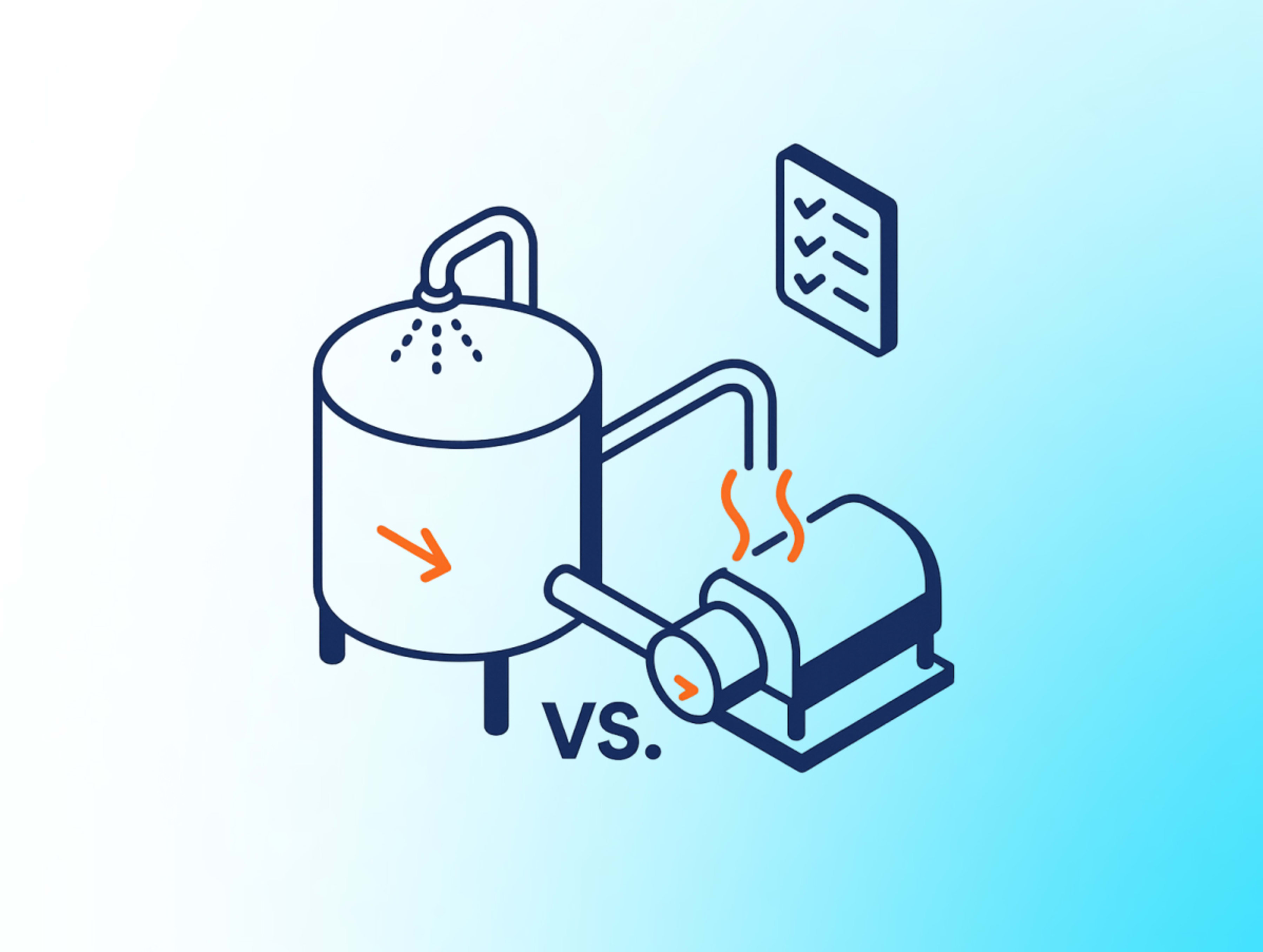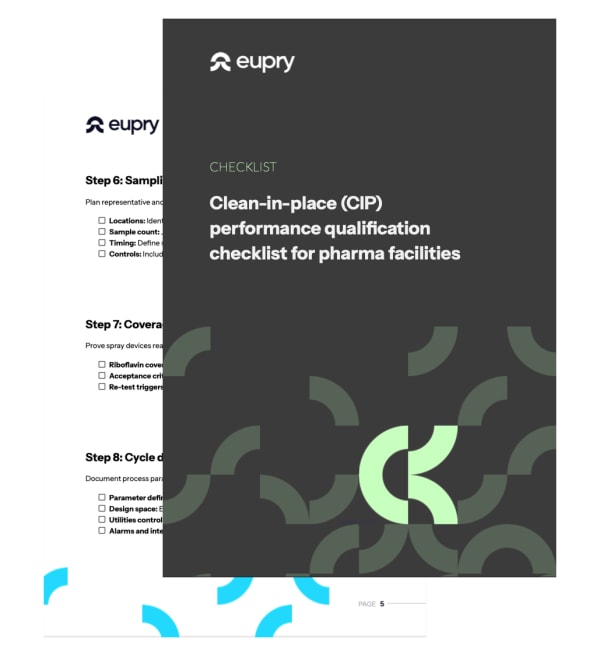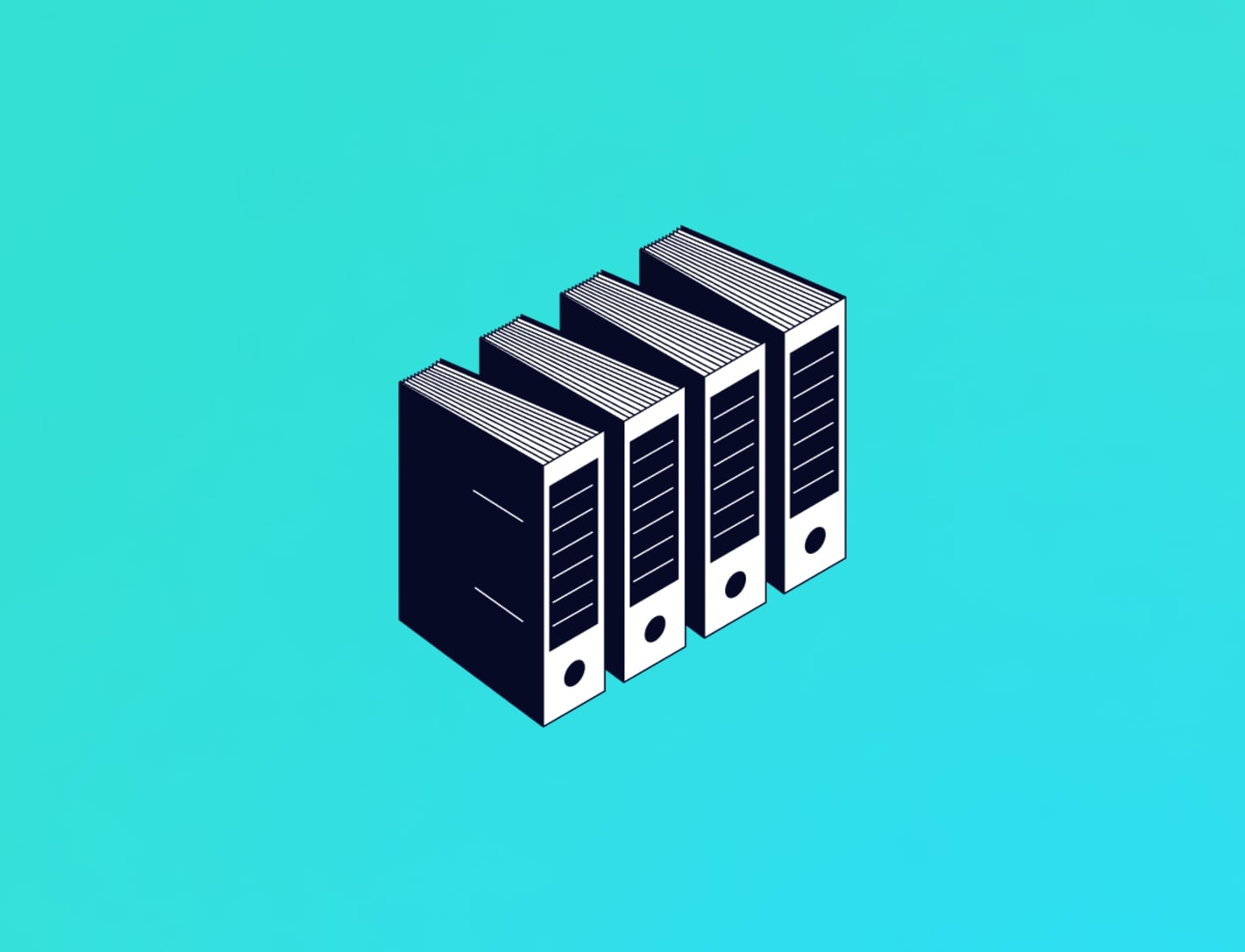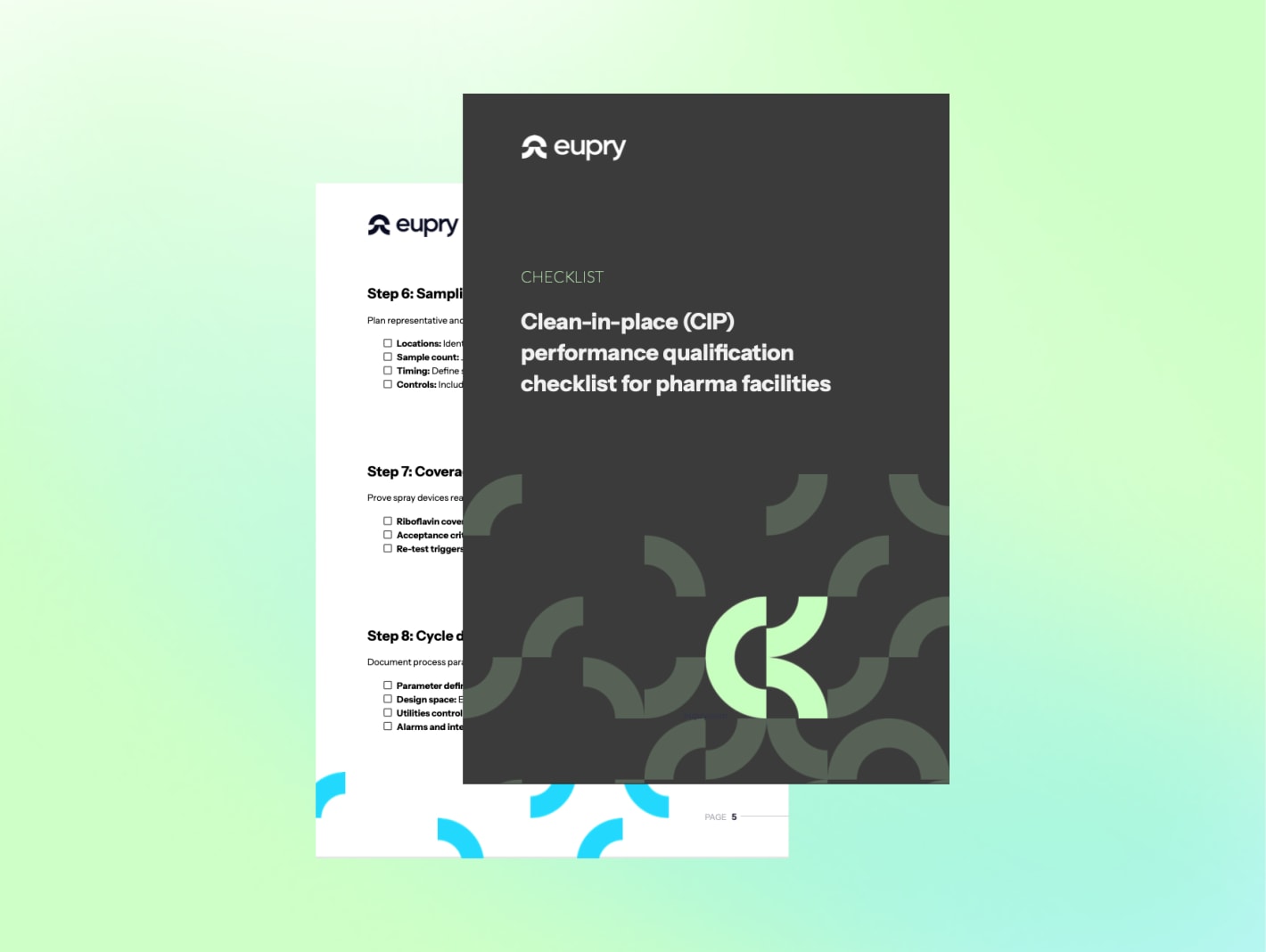CIP vs. SIP comparison

Adam Hartmann-Kruckow
Differences, requirements, and use cases for pharma
Clean-in-place (CIP) and steam-in-place (SIP) are both critical to GMP validation, regulatory compliance, and product quality in pharmaceutical manufacturing. This guide breaks down their key differences and similarities.
An easy‑to‑use, GxP‑aligned template covering all the steps to plan and execute CIP qualification.

What is the difference between CIP and SIP in GMP validation for pharma manufacturing?
In GMP-regulated pharmaceutical and biotech environments, CIP and SIP are distinct but complementary processes. CIP is an automated cleaning process that removes product residues from internal surfaces of equipment using a controlled sequence of rinsing, detergent washing, and final rinsing. SIP is an automated sterilization process that uses saturated steam to eliminate viable microorganisms after cleaning.
CIP focuses on chemical and soil removal to validated toxicological and microbiological limits, while SIP targets microbial inactivation to a defined sterility assurance level (SAL), typically 10⁻⁶. When both are required, CIP always precedes SIP to ensure sterility is achieved without residue shielding.
Also read: Clean in place (CIP) in pharmaceuticals and biotech: complete GMP compliance guide
GMP validation requirements for CIP and SIP
While both processes require validation, lifecycle management, and robust documentation, the endpoints and regulatory expectations differ significantly.
For CIP, regulators expect evidence that residues are consistently reduced to below the maximum allowable carryover (MACO) or equivalent health-based exposure limits (HBEL). This involves chemical residue testing, validated sampling methods, visual inspection, and microbial controls where risk assessment identifies the need.
For SIP, validation must prove steam penetration and microbial kill efficacy. This often involves biological indicator placement at worst-case locations, temperature mapping to verify uniform heat distribution, and documentation showing sterilization parameters are held for the validated duration.
Also read: Complete guide to steam-in-place (SIP) validation in GxP

Download your CIP performance qualification checklist
A practical blueprint to help you conduct clean-in-place (CIP) qualification reliably and aligned with regulatory expectations of GMP.
CIP vs. SIP decision criteria in pharma manufacturing
Your decision depends on process classification, contamination risks, and regional GMP regulations such as EU GMP Annex 15, US FDA 21 CFR Part 211, and PIC/S.
CIP alone is appropriate for non-sterile processes such as oral solid dosage or non-sterile liquids, where the primary concern is chemical or cross-product contamination. SIP alone is rare but may be used in clean assembly environments where equipment must be sterile before use but does not require cleaning.
Most sterile manufacturing scenarios — including sterile APIs, aseptic filling, and biologics — require CIP and SIP to ensure control over residues and microbial contamination.
Also read: Introduction to steam in place (SIP)
How to integrate CIP and SIP for operational and compliance efficiency
Integrating CIP and SIP into a coordinated sequence can reduce downtime, improve data integrity, and simplify lifecycle management.
By validating CIP residue removal before SIP begins, you ensure sterilization is not hindered by residual soils. Utility capacity must be assessed to ensure a stable supply of both high-purity water and steam. Automated control systems can enforce recipe interlocks that prevent SIP initiation without successful CIP completion, improving compliance with data integrity principles like ALCOA+.
Also read: Designing CIP systems for regulated pharma and biotech
Common GMP inspection findings for CIP and SIP
When it comes to audits, some of the frequent issues that regulators flag include:
- Inadequate cleaning before SIP, resulting in potential microbial shielding by residues.
- Insufficient steam penetration due to poor design or blocked pathways.
- Combining CIP and SIP validation without maintaining distinct acceptance criteria and documented endpoints.
Mitigation strategies include risk-based validation protocols, robust design verification, and ongoing trending of performance data.
Also read: 9 questions: Ensuring FDA 21 CFR Part 11 compliance in pharma
Templates and further reading
- CIP performance qualification checklist for pharmaceutical facilities
- Clean in place (CIP) in pharmaceuticals and biotech: complete GMP compliance guide
- Complete guide to steam-in-place (SIP) validation in GxP
- Introduction to steam in place (SIP)
- Designing CIP systems for regulated pharma and biotech

Frequently asked questions about CIP and SIP
13-steps: Clean-in-place performance qualification
Get a step‑by‑step checklist to help you conduct clean‑in‑place (CIP) qualification reliably, efficiently, and in line with GMP requirements.
